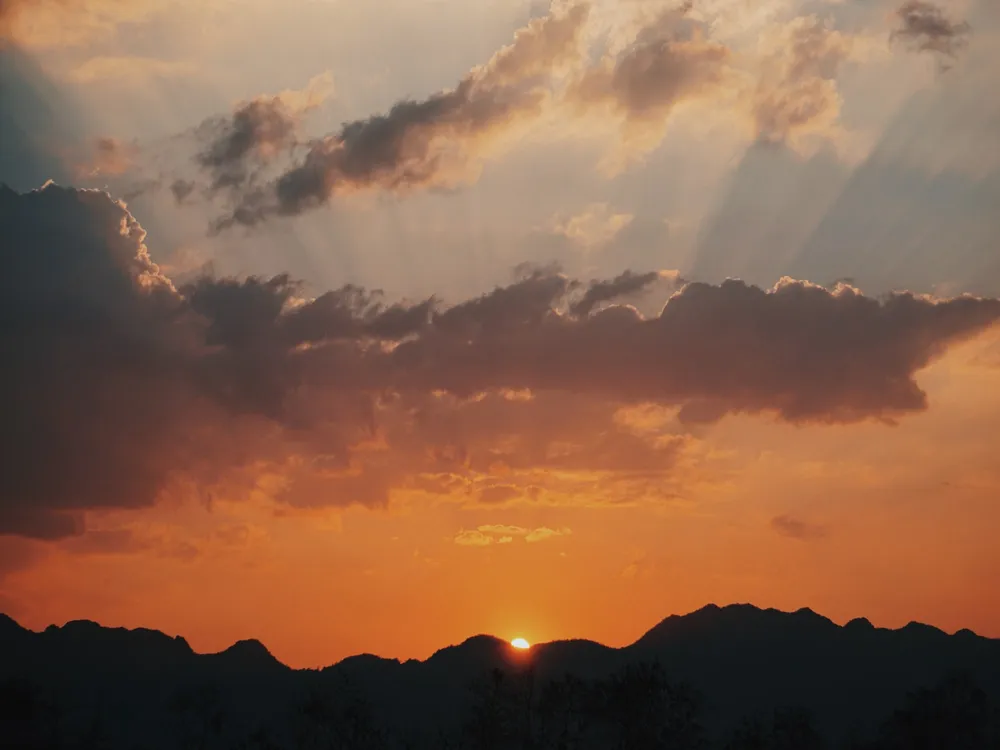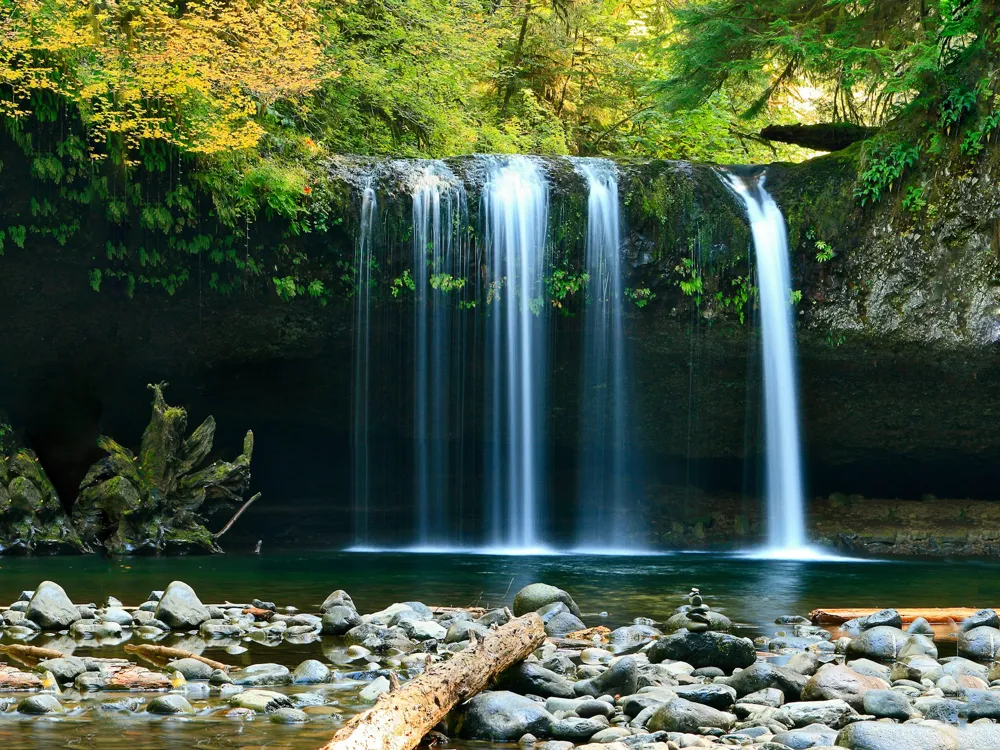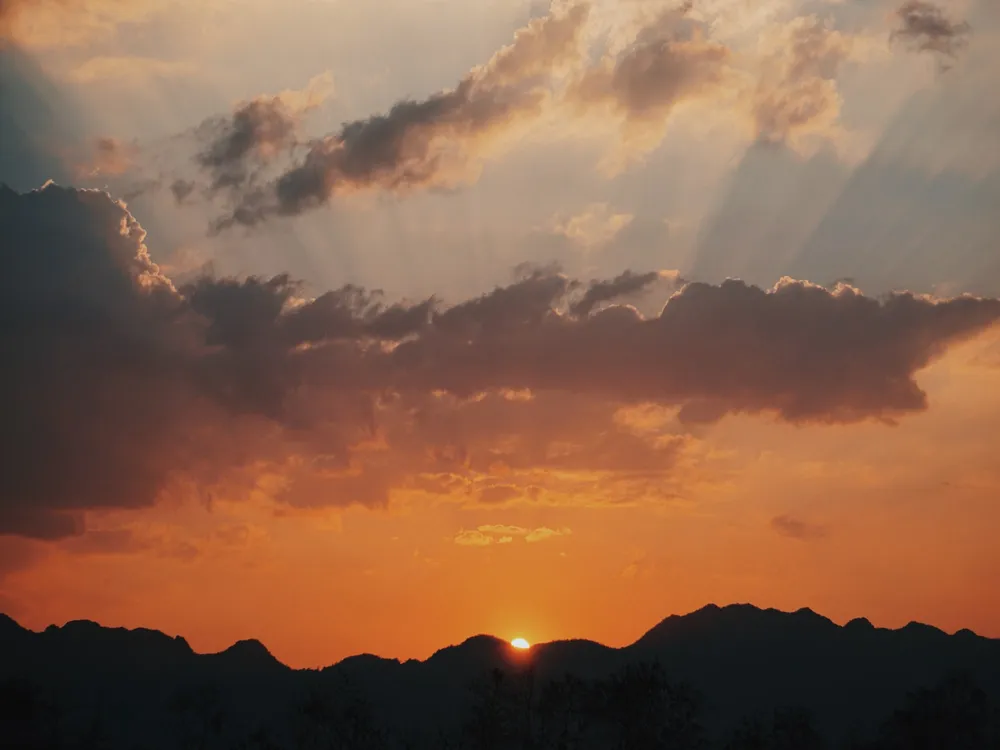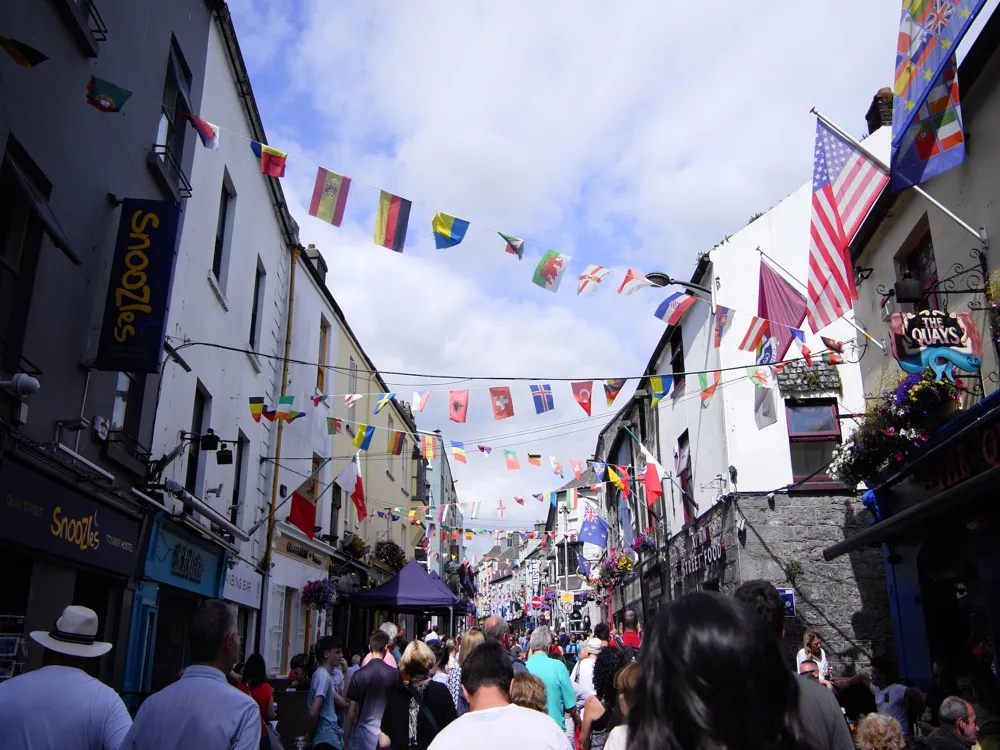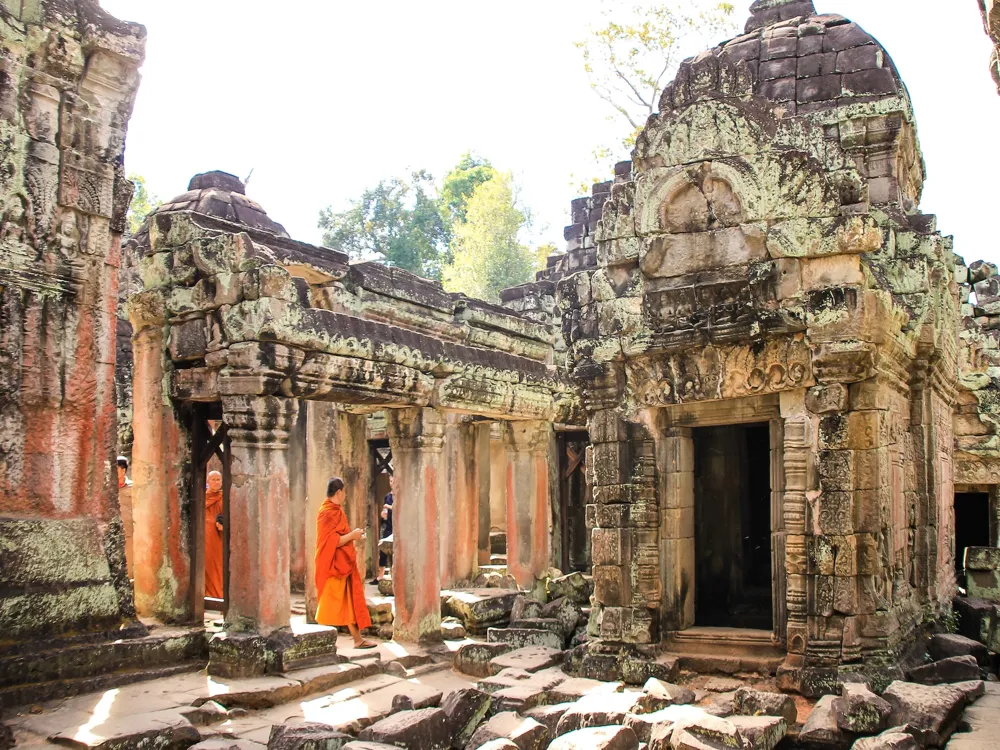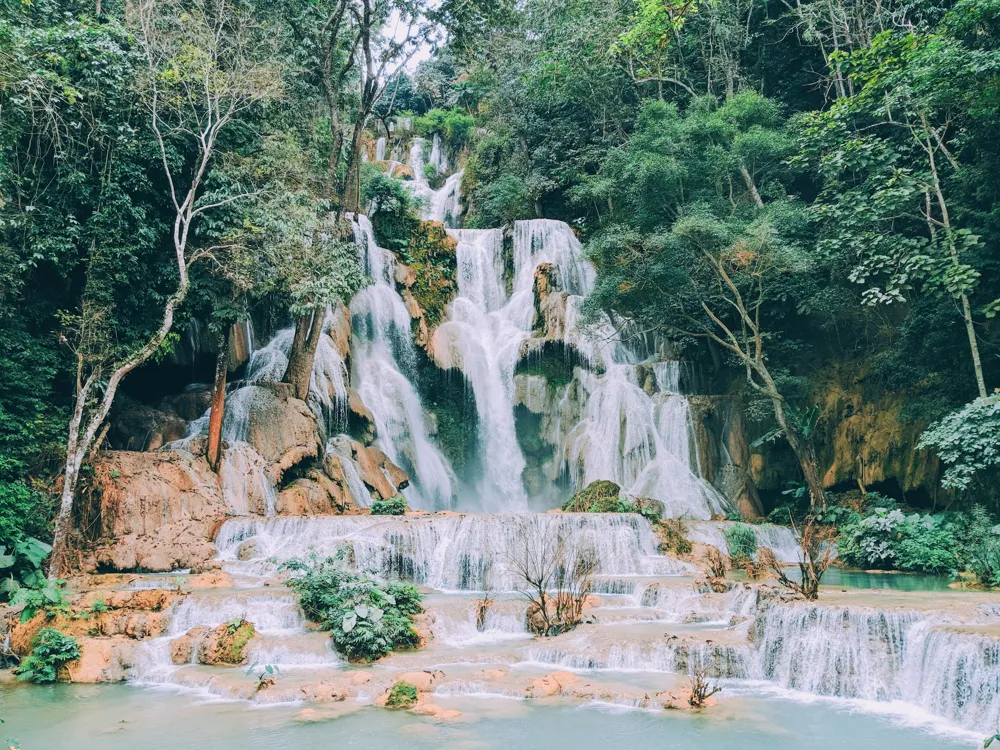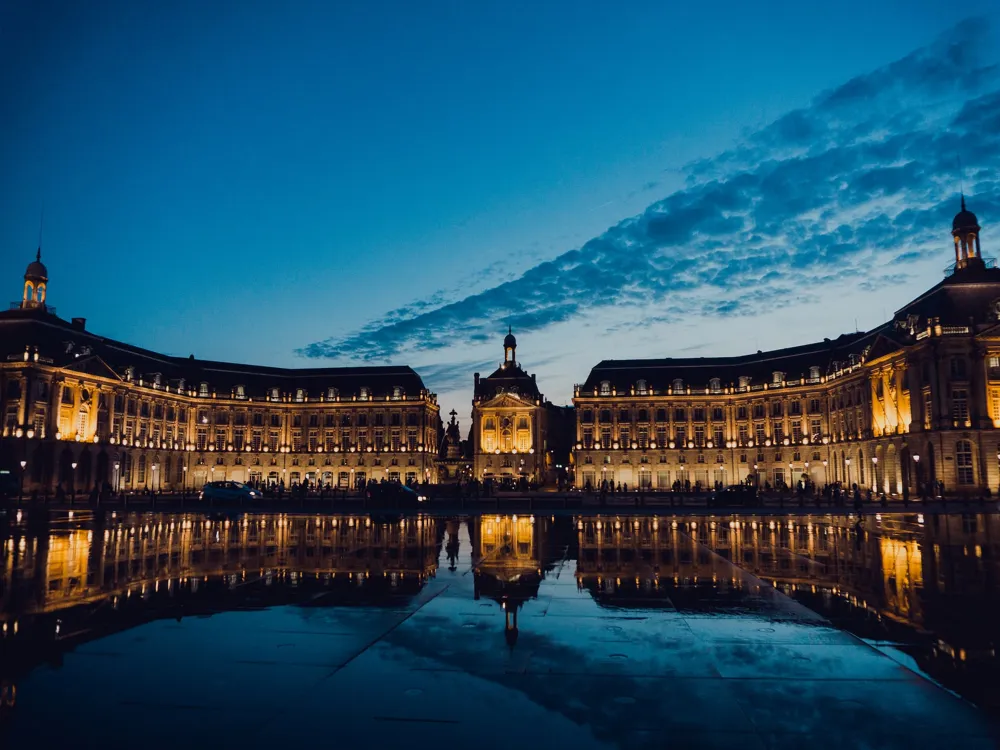Best Time to Visit Kanchanaburi
Thailand
14 out of 53 Places to visit in Thailand₹ 24,500 onwards View Packages
Get Customized PackagesThe Land of Diversity
Top Hotel Collections

Private Pool

Luxury Hotels

5-Star Hotels

Pet Friendly
What is the Best Time to Visit Kanchanaburi?
Kanchanaburi, a hidden gem nestled in the heart of Thailand, offers a captivating blend of rich history, stunning landscapes, and vibrant culture. Determining the best time to visit Kanchanaburi is crucial for an unforgettable experience. Here, we guide you through the seasons, unveiling the unique charm each one brings to this enchanting destination.
More about Best Time to Travel to Kanchanaburi
Travel Peak Season in Kanchanaburi
The peak season in Kanchanaburi, typically from November to February, unveils the region in all its glory. With cool temperatures and minimal rainfall, this period is ideal for exploring outdoor attractions such as the iconic Erawan National Park and the historic Death Railway. The lush greenery and comfortable weather create a picturesque backdrop for your adventures.
Travel Offseason in Kanchanaburi
The offseason, spanning from June to October, introduces a different yet equally enchanting side of Kanchanaburi. While occasional rain showers may be present, the landscapes come alive with vibrant hues, and the iconic River Kwai exudes a tranquil beauty. Traveling during the offseason offers a unique perspective, with fewer crowds allowing for a more intimate experience.
Kanchanaburi Travel Packages
View All Packages For Kanchanaburi
Kanchanaburi in Shoulder Season
The shoulder season, occurring in March to May, strikes a balance between the extremes. As temperatures rise, the scenery transforms into a tapestry of blooming flowers and verdant landscapes. This is an opportune time for those seeking a quieter retreat, where you can explore historical sites without the bustling crowds.
Kanchanaburi in Hot Season
The hot season, from March to April, brings warm temperatures and a vibrant atmosphere. Despite the heat, this period is perfect for those desiring a more leisurely pace. Engage in water activities along the River Kwai or indulge in the local cuisine as you soak in the cultural richness that defines Kanchanaburi.
Kanchanaburi in Rainy Season
The rainy season, from May to October, paints Kanchanaburi in a refreshing light. While short, intense showers are common, they contribute to the region's lush greenery. Immerse yourself in the local culture by attending festivals and witness the waterfalls at their most majestic during this verdant period.
Kanchanaburi in Cool Season
The cool season, spanning from November to February, is synonymous with pleasant weather and clear skies. This is the prime time for outdoor activities, such as hiking, wildlife exploration, and visits to historical landmarks. The cool breeze enhances the overall experience, making it an ideal time for a comprehensive exploration of Kanchanaburi.
Places To Visit In Kanchanaburi
Nearby Places Kanchanaburi
Kanchanaburi Photos
View All Photos For KanchanaburiBrowse Package Collections
Browse Hotel Collections
Faq
Q: When is the best time to visit Kanchanaburi?
A: The ideal time to visit Kanchanaburi is during the cool and dry season, which spans from November to February. This period offers pleasant weather with lower humidity, making it comfortable for exploring outdoor attractions like the Erawan National Park and the Bridge over the River Kwai.
Q: How is the weather in Kanchanaburi throughout the year?
A: Kanchanaburi experiences three main seasons—cool and dry (November to February), hot (March to April), and rainy (May to October). Each season offers a unique experience, but many travelers prefer the cooler months for sightseeing and outdoor activities.
Q: Are there any festivals or events that are worth planning a trip around in Kanchanaburi?
A: The Songkran Festival in April is a lively and culturally rich celebration, marked by water fights and traditional ceremonies. Additionally, the River Kwai Bridge Week in November pays homage to the region's history and is a great time to witness historical reenactments and cultural performances.
Q: Is it advisable to visit Kanchanaburi during the rainy season?
A: While the rainy season (May to October) brings lush greenery to the landscape, it also means occasional heavy rainfall. Some attractions may be affected, and outdoor activities could be limited. Travelers should be prepared for rain but can enjoy fewer crowds and vibrant scenery during this time.
Q: What are the must-visit attractions in Kanchanaburi, and do they vary based on the time of year?
A: Kanchanaburi boasts attractions like the Erawan National Park, Hellfire Pass, and the Bridge over the River Kwai. While these sites are accessible year-round, the dry season is preferable for outdoor activities, as water levels in waterfalls are more impressive, and trekking conditions are favorable.

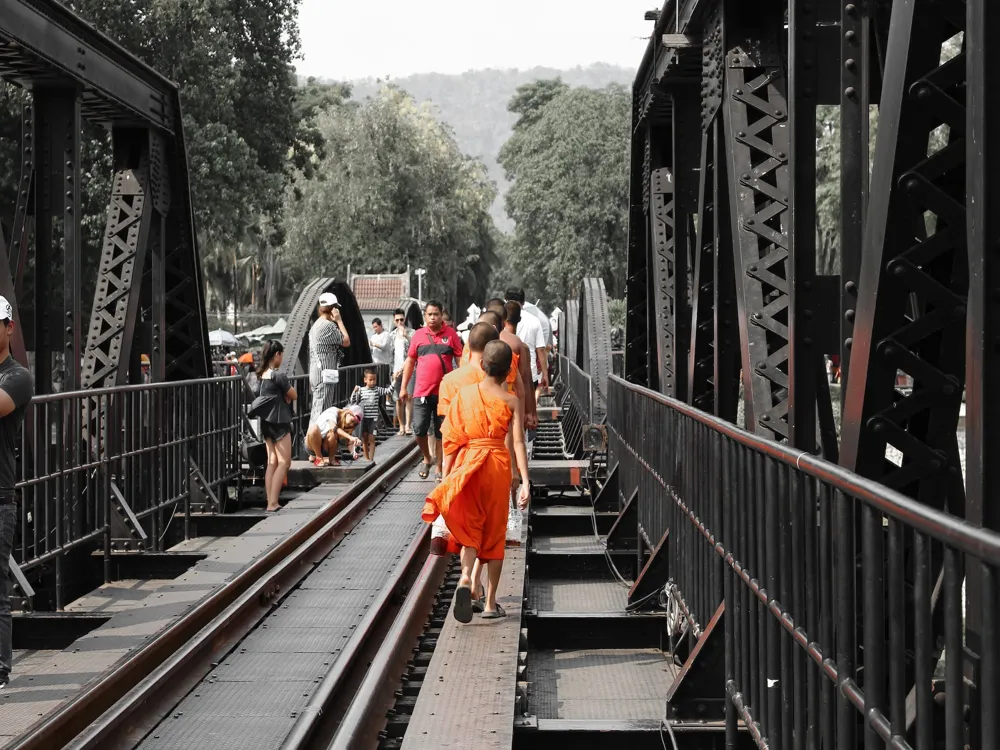
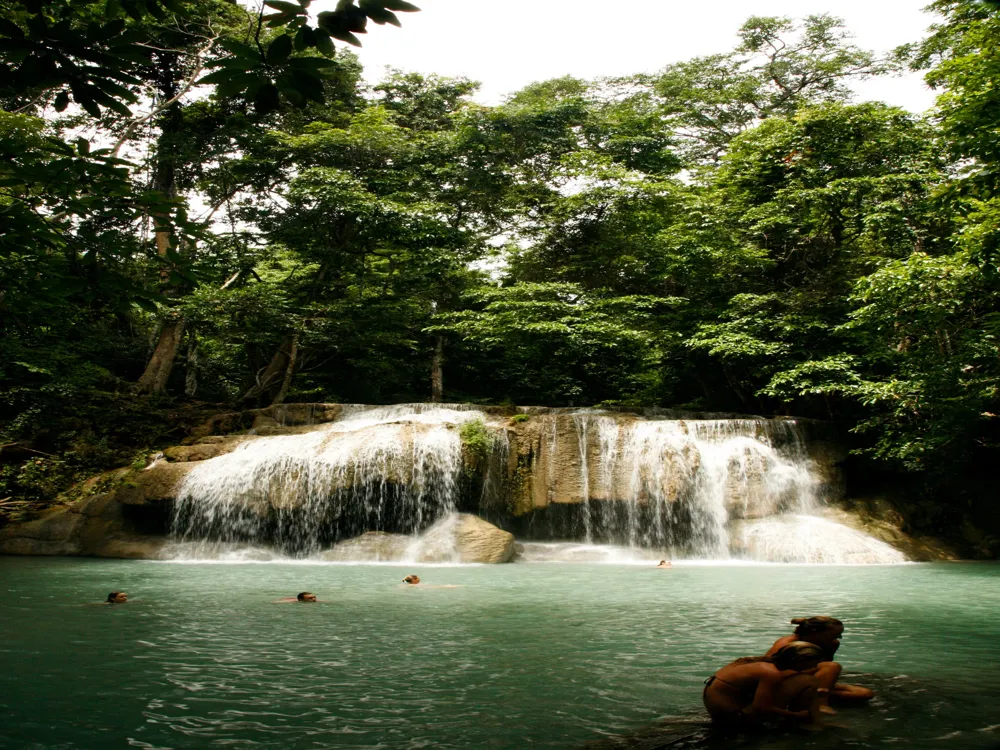
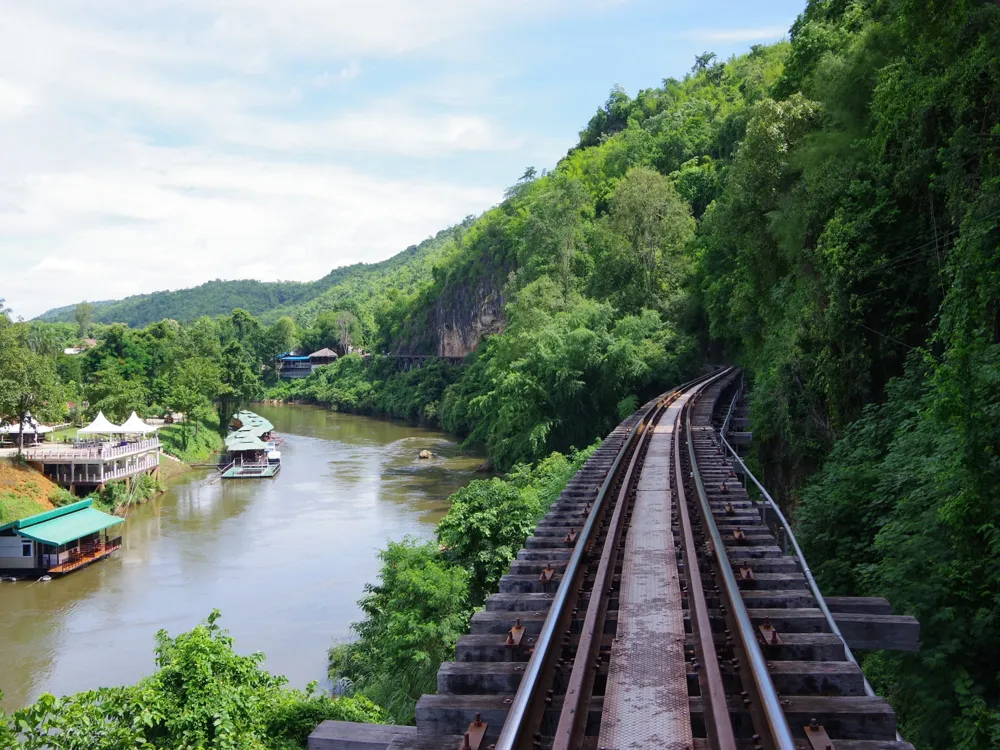

/bridge-on-the-river-kwai-death-railway-bridge-slider-1.webp)
